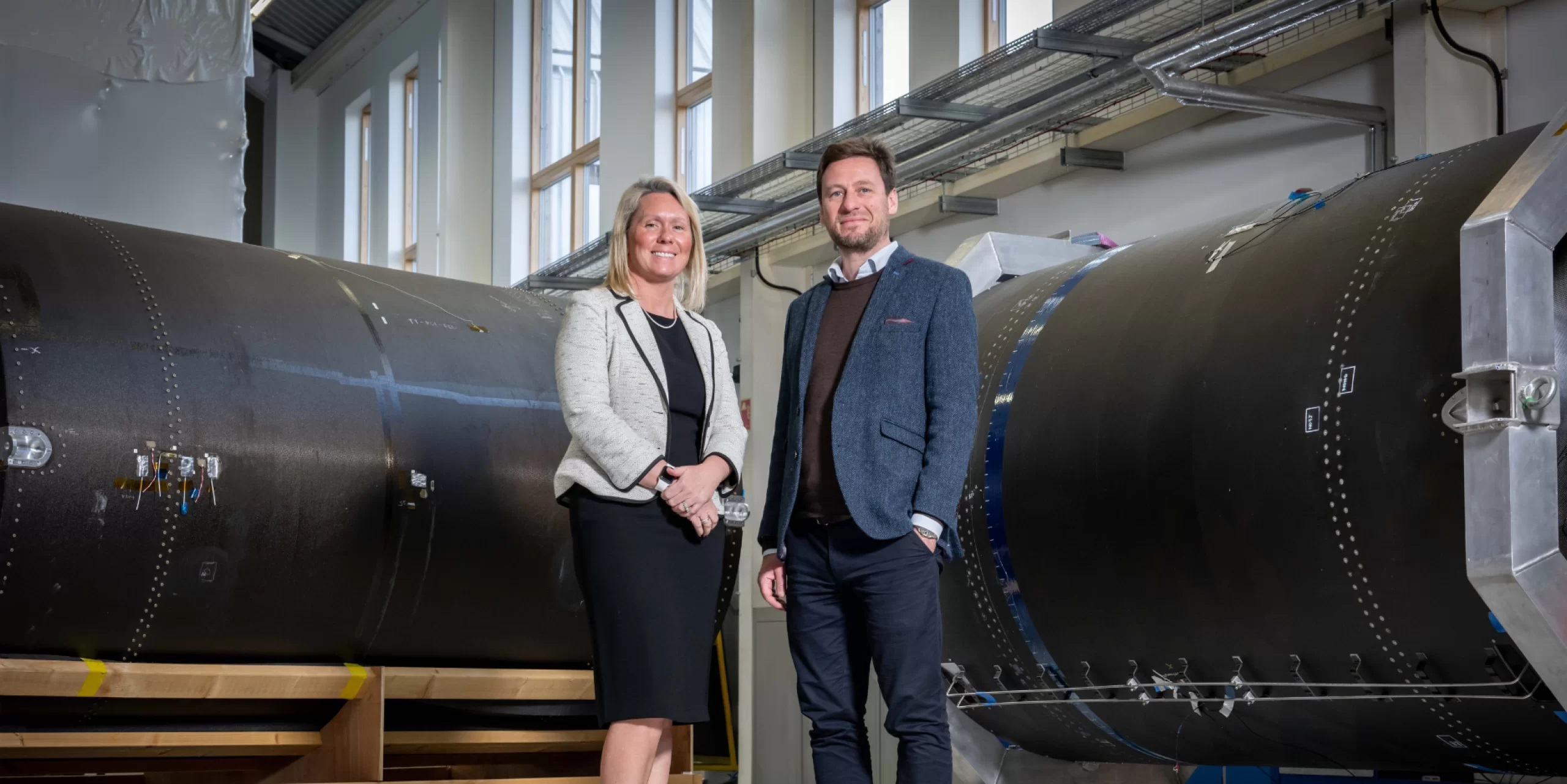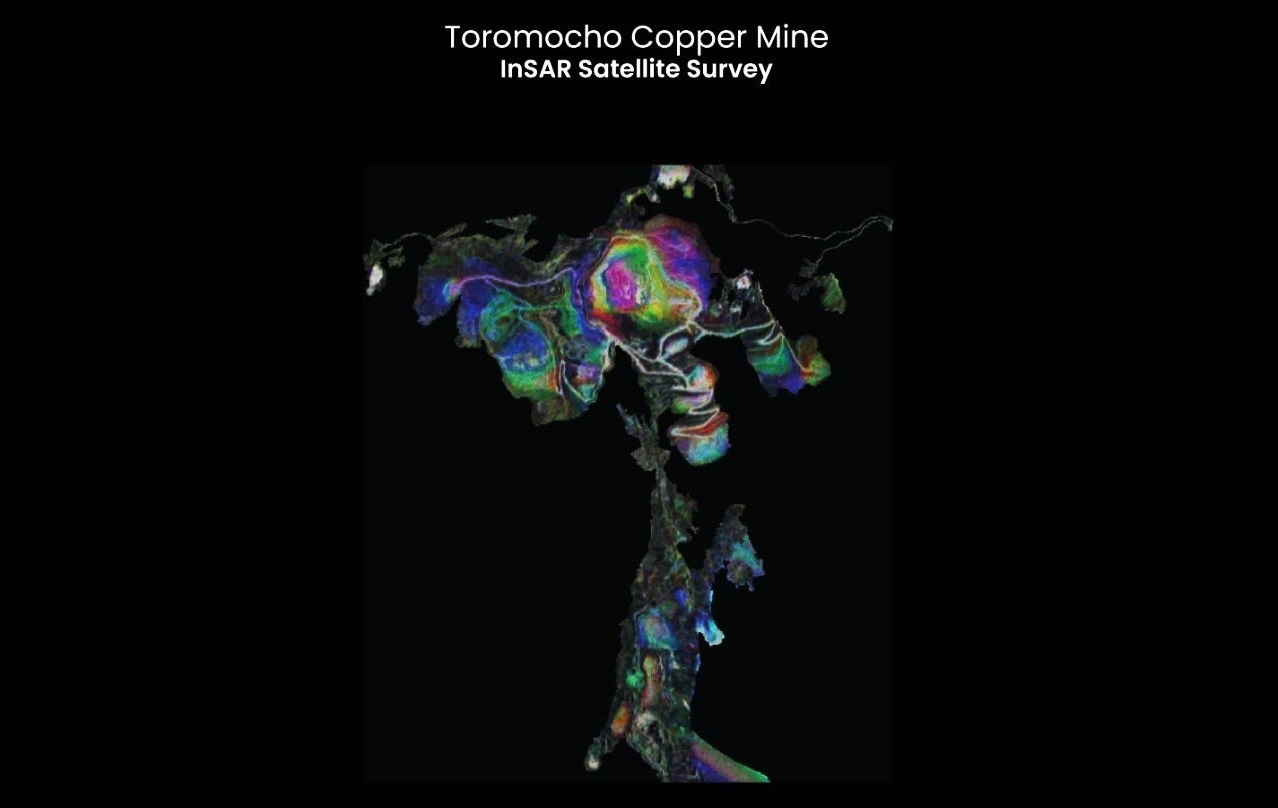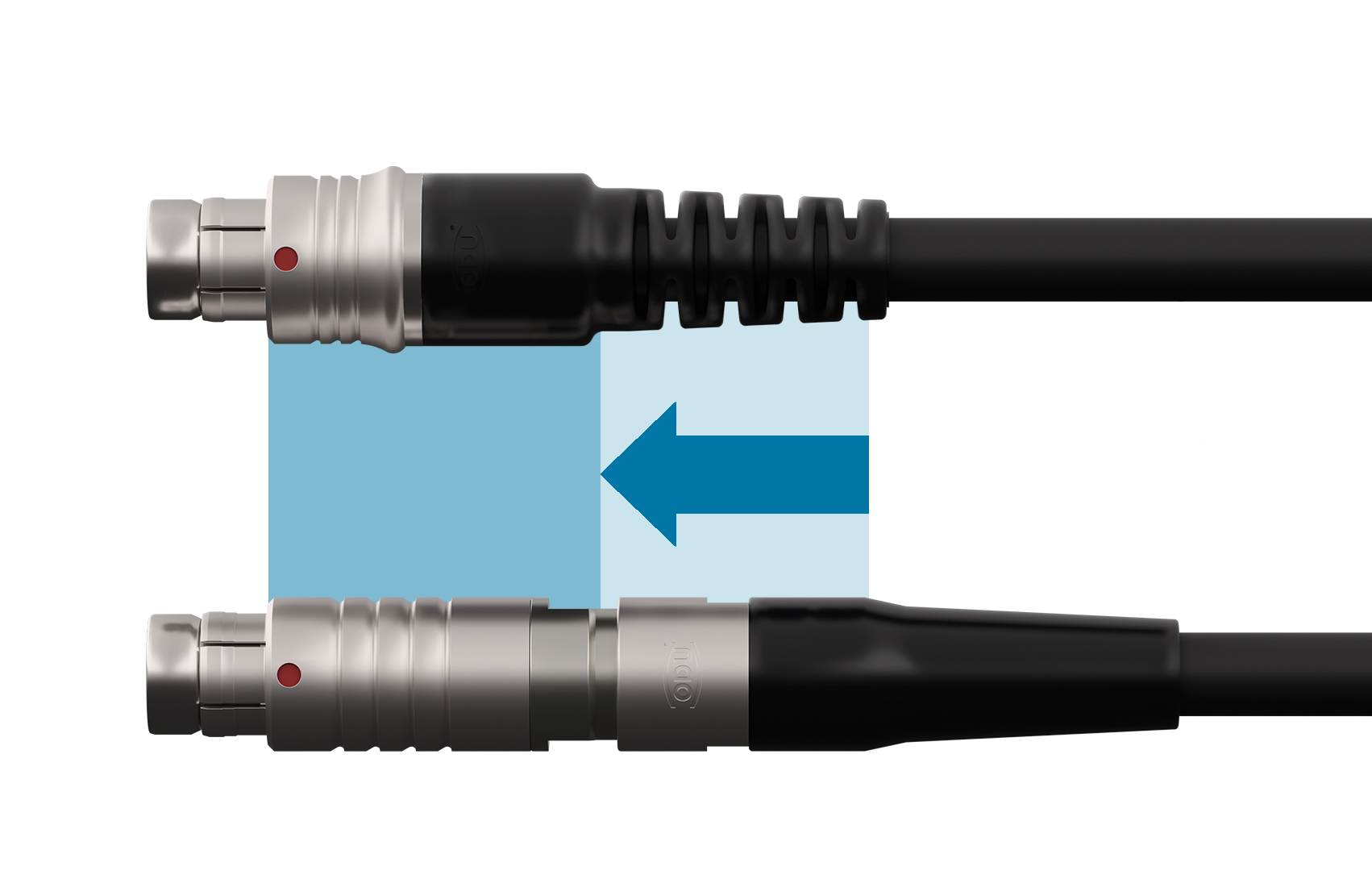Leicester Uni scientists celebrate decade of discoveries with NASA's Swift satellite
The Swift satellite has been hurtling around the Earth at a height of 375 miles once every 96 minutes for the last 10-years and is showing no signs of slowing down – either scientifically or literally.

Above:
Professor Wells was appointed as the Founding Director of the University of Leicester’s Space Research Centre (1995-2003) and he was instrumental in the development and creation of the National Space Centre, Leicester’s £56 million flagship Millennium project, where he remains a Non-Executive Director. During his time at Leicester, Professor Wells worked on ten space missions including NASA’s SWIFT mission to observe gamma ray bursts.
During its time it has studied black holes, quasars, neutron stars and most importantly, gamma-ray bursts, the most powerfull explosive cosmic events – ones which briefly outshine everything else in the Universe.
Yet the hugely successful satellite, which celebrates 10 years on November 20, still has an important role to play, according to Professor Julian Osborne, of the X-ray and Observational Astrophysics Group at the Department of Physics and Astronomy at the University of Leicester.

Professor Osborne (above), who leads the Swift team at Leicester, which analyses data from the satellite’s X-ray telescope, said Swift is a unique resource when it comes to observing the farthest reaches of the Universe: “It’s widely appreciated that Swift and its X-ray Telescope is a huge success, so there’s every reason to celebrate its 10th anniversary," said Professor Osborne. “Swift has been giving us about 100 alerts of new explosions a year since it launched in 2004. And it is continuing to discover new things all the time.”
Professor Osborne said that Swift was exceptional due to its agility and the speed with which its data is delivered: “Swift is such a flexible satellite,” he said. “Designed to re-point quickly and access a lot of the sky.
“The autonomy and agility of Swift was something radically new in our field – and it is still unique in that respect. Other X-ray telescopes can take many days to respond to a reposition request. But with Swift we can ask for an observation and take a look at data within a few hours, and then immediately ask for a new observation if we need it.”
For Leicester, the one-and-a-half ton space telescope has a special significance. The UK Swift Science Data Centre, which collects information beamed back by the satellite, is located on the University’s campus, in the Department of Physics and Astronomy.
The project is funded by the UK Space Agency and employs members of staff and research students who keep a 24-hour watch on any direct calls from orbit.
The alerts are “completely unpredictable,” and can come at any time of the day, says Professor Osborne.
However when the UK Swift Data Centre team receives a message it means Swift has located another high-energy gamma-ray burst (GRB) – powerful emission given off during a violent stellar event such as the collapse of a massive star or the collision of two ultra-dense neutron stars – it’s primary function.
Dr Kim Page, one member of the team who frequently has to respond to new Swift GRB alerts explained: “We have had to get to our computers immediately a burst is announced by our phones, no matter if we are asleep in bed or even in the shower at the time. A quick teleconference with colleagues in the USA and Italy determines how Swift should makes its observations over the next few hours and days.”
Starting at the end of the 1990s, scientists at Leicester designed and built the X-ray camera, which Swift uses to locate GRBs, and have since gone on make landmark discoveries.

One of the proudest moments for the Leicester team was when it published a catalogue the emission of more than one hundred and fifty thousand new celestial X-ray sources to create a map of the Universe’s most exotic phenomenon.
The cosmic catalogue describes in detail the properties of the newly discovered objects. They will need more observations to be better understood, but most are likely to be supermassive black holes at the centres of galaxies.
Other discoveries made by the satellite include a new type of ultra-long gamma-ray burst, and a temporary magnetar - a super-magnetised neutron star - which is formed (for about a day) in some gamma-ray bursts, and then destroyed as its rapid spin slows down and it collapses in on itself forming a black hole.
Professor Paul O’Brien at the University of Leicester said: “We could only work out that there can be a magnetar stage in the short life of a gamma-ray burst by looking them in the first few hours after they have exploded. Only Swift has this crucial capability.”
Swift’s future could include unlocking the secrets at the centre of our own galaxy, the Milky Way.
A huge galactic event involving a super-massive black hole and what is thought to be a large gas cloud is expected to happen any time soon.
The black hole, known as Sagittarius A* (pronounced Sagittarius A-star), is close to swallowing up the cloud of gas, and as it does it will spew out enormous amounts of high energy radiation – and Swift will be waiting.
Most galaxies are believed to harbour a central black hole with a mass of a million to a hundred million times that of the Sun, and our Milky Way Galaxy is no different. The black hole in our Galaxy has probably been dormant for the last million years, but if it swallows this gas cloud it will flicker back into life, if only briefly. Most central supermassive black holes are dormant most of the time, but in March 2011 Swift discovered one in the act of waking up as it captured and destroyed a star that had drifted too close to survive.
Swift is also preparing to respond to alerts from a completely new kind of astronomical instrument. Gravitational wave detectors in the USA will start observing next year, becoming more sensitive each year as others around the world join in. Never seen before, gravitational waves are a prediction of Albert Einstein’s general theory of relativity. They are ripples in spacetime. Gamma-ray bursts due to colliding binary neutron stars will be strong sources of gravitational waves, and Swift has a crucial role to play in finding the precise locations of these objects as the gravitational wave detectors can only give a very rough indication of direction.
Professor Osborne will be one of over 200 scientists who will attend the official Swift 10th anniversary celebrations at a scientific conference in Rome, in December.
The event will feature a number of lectures and talks about some of the discoveries that have been made possible thanks to Swift.
They include sessions devoted to GRB physics, the most distant GRBs, short GRBs, ultra-long gamma ray bursts, supernovae, magnetars, tidal disruption events and future GRB missions.














